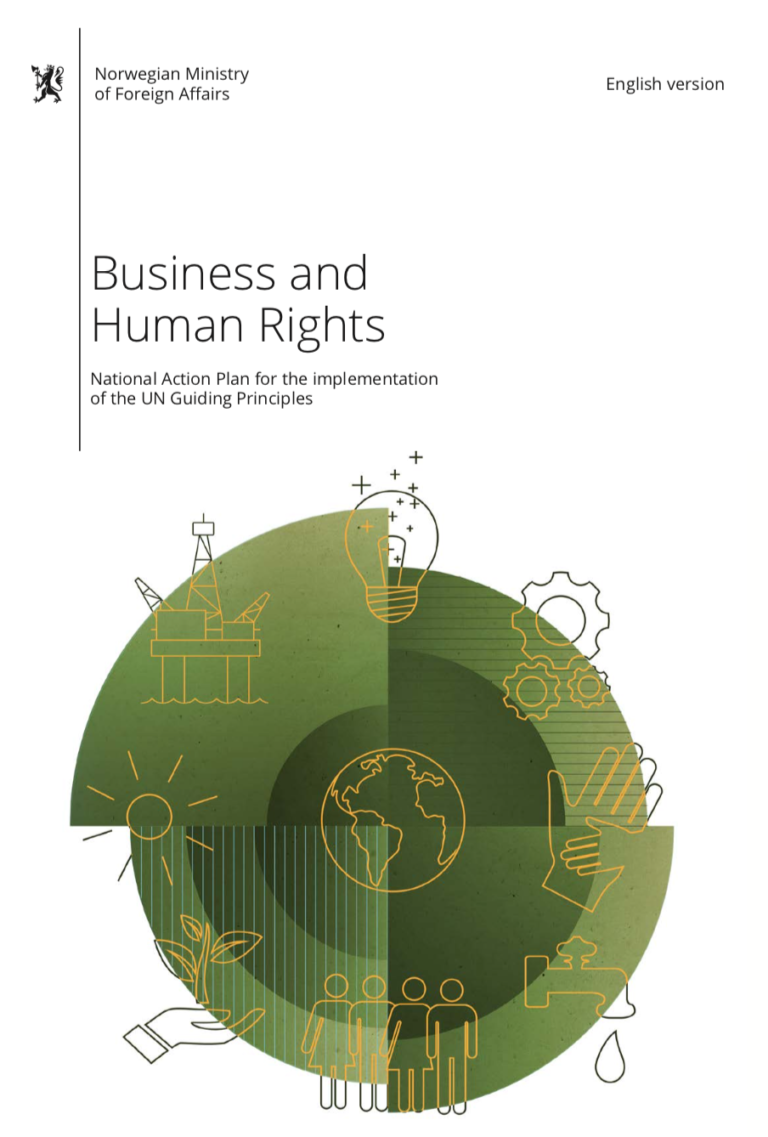State of remedy 2021: Understanding OECD Guidelines complaints through the lens of remedy
GuidanceThe year 2021 marked another discouraging year in terms of remedy for complaints by communities and civil society under the OECD Guidelines for Multinational Enterprises (Guidelines). Only 2 of the 22 cases concluded in 2021 by National Contact Poin...Read More

